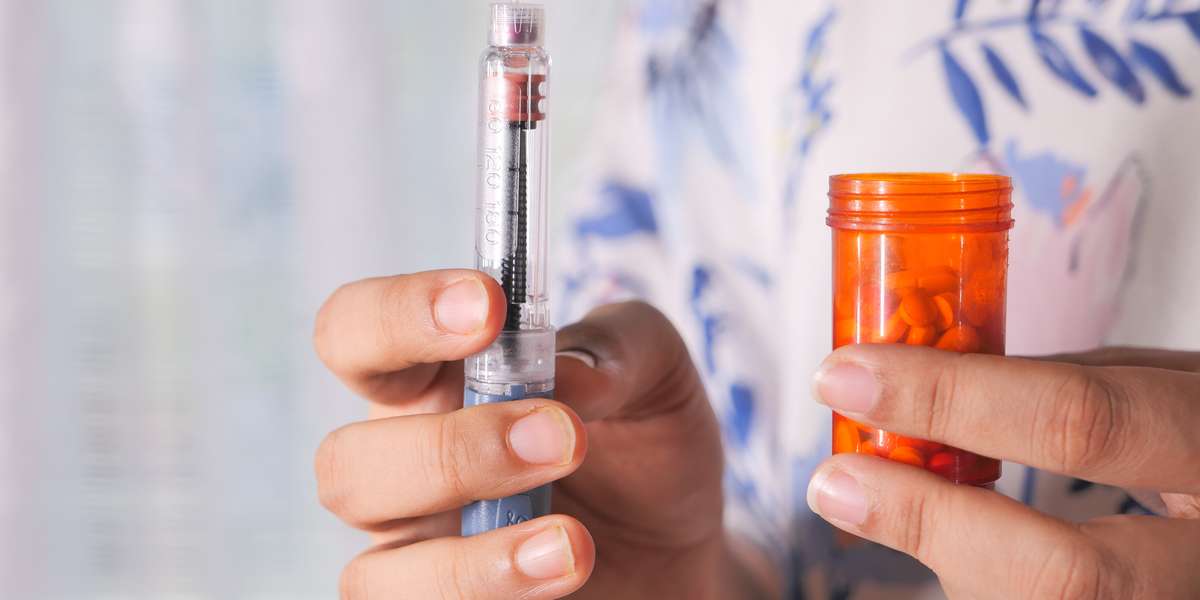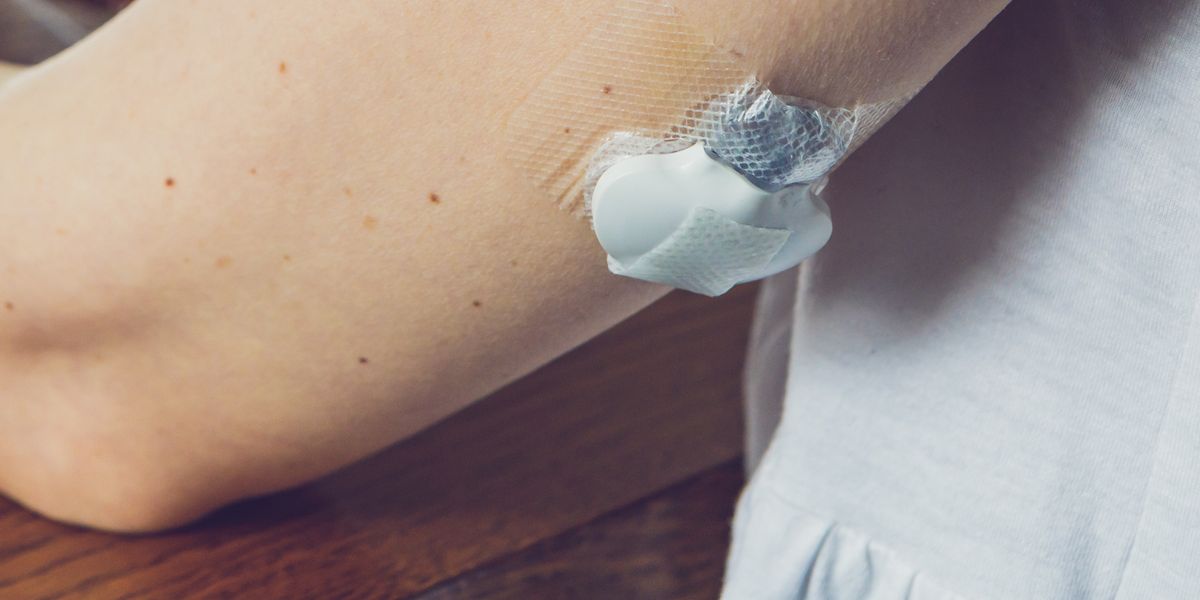Animal insulin was the first type of insulin to be administered to humans to control diabetes. Animal insulin is derived from cows and pigs.
Until the 1980s, animal insulin was the only treatment for insulin dependent diabetes.
These days the use of animal insulin has largely been replaced by human insulin and human analogue insulin , however, animal insulin is still available on prescription.
How is animal insulin produced?
As the name suggests animal insulin is taken from the pancreases of animals, usually pigs (porcine or pork insulin) and cows (bovine or beef insulin).
The insulin is purified which reduces the chance of the insulin user developing a reaction to the insulin.
Can animal insulin be prescribed?
Animal insulin, under the name Hypurin, is being produced by Wockhardt UK and is available on prescription
What types of animal insulin are available?
Animal insulins are available in 3 different types of action and durations, short acting, intermediate and long acting:
- Short acting: Hypurin Porcine Neutral, Hypurin Bovine Neutral
- Intermediate acting: Hypurin Porcine Isophane, Hypurin Bovine Isophane
- Long acting: Hypurin Bovine lente, Hypurin Bovine PZI (protamine zinc insulin)
- Premixed: Hypurin Porcine 30/70
What are premixed animal insulins?
Premixed animal insulins combine a ratio of short acting and intermediate insulin.
For example, Hypurin Porcine consists of 30% short acting and 70% intermediate acting insulin.
How quickly do animal insulins act?
Short acting animal insulin starts to act from about 30 minutes after injecting, with their peak action occurring between 3 and 4 hours after injecting.
The duration is up to 8 hours.
Intermediate acting animal insulin takes about 4 to 6 hours to start acting, has its peak activity between 8 and 14 hours and has duration of up to 24 hours.
Read further on the actions of insulin
Benefits and disadvantages of animal insulin
There is some controversy over the benefits and disadvantages of animal insulin compared with human insulin. There is reported evidence to suggest that human insulins may cause behavioural changes, lethargy, often feeling unwell and loss of hypo symptoms that are not recognised when using animal insulin.
However, no research has been carried out to provide conclusive evidence to either back up or dismiss the claim.
A disadvantage of animal insulin is in the peak activity time. The peak activity period for short acting insulin occurs up to 3 to 4 hours after injecting which can make timing of meals in relation to injections more difficult than with human and particularly analogue insulins.
The history of animal insulin
The first injection given to a diabetic patient was in 1922 in Canada, where a team of Nobel Prize winning developers from the University of Toronto had been working on a treatment for the then untreatable type 1 diabetes
1922 – Leonard Thompson
This shot of bovine insulin, given to 14 year old Leonard Thompson, was the first use of animal insulin in humans.
Early animal insulin caused swellings and pain at the injection sites as the animal insulin contained a number of impurities.
1930s – 1950s
Through the 1930s and 1950s newer animal insulins were developed with different peak actions to better stabilise blood sugars.
In the 1970s, purification of animal insulins helped to reduce the allergic reactions which had previously been associated with animal insulins.
1980s onwards
Shortly after a new synthetic form of insulin, termed human insulin , was laboratory developed which from the 1980s onwards would start to replace animal insulin as the primary treatment of insulin dependent diabetes.






